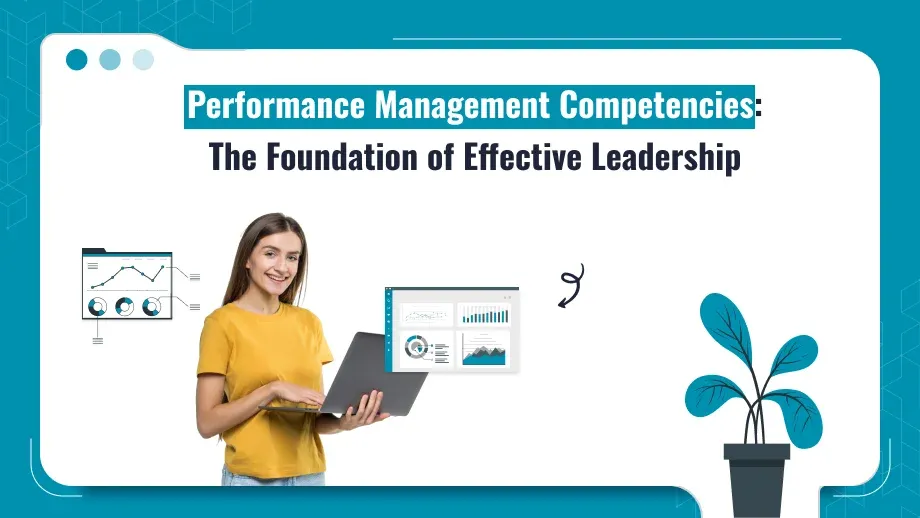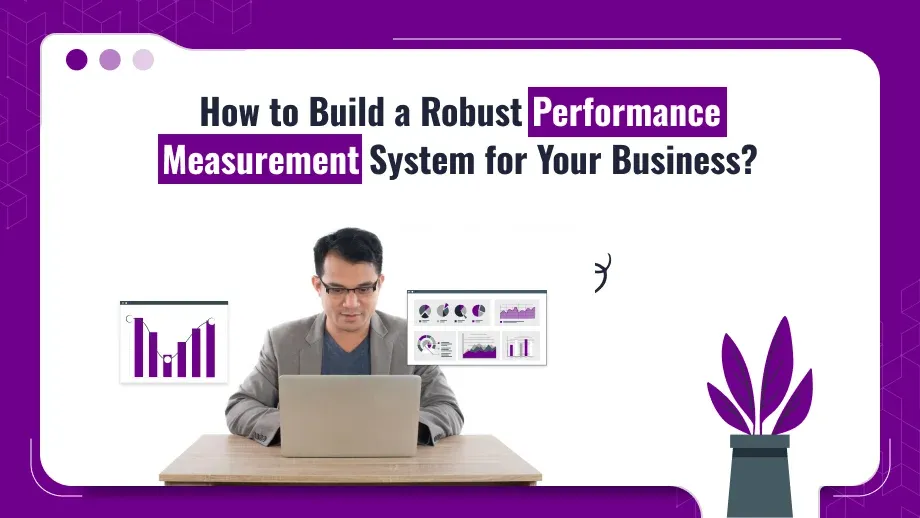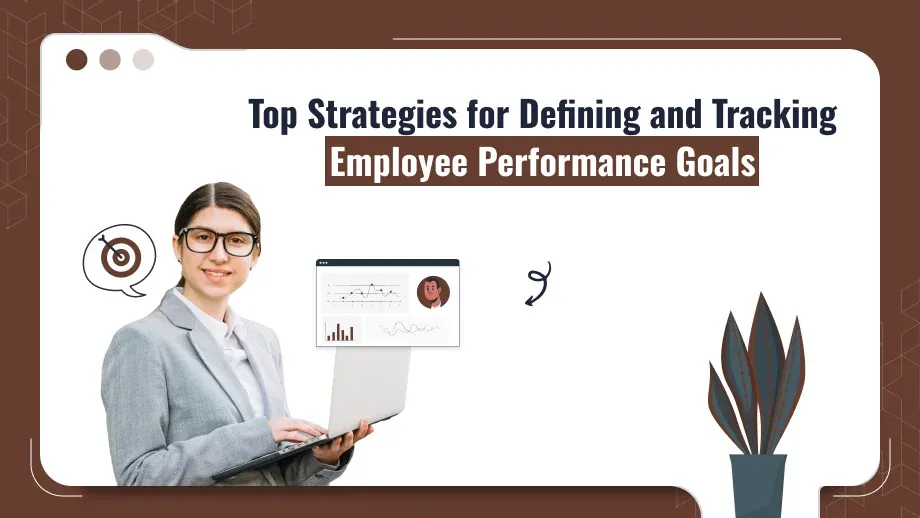
In today’s business environment, which is very dynamic and competitive, organizations are required to maintain their performance levels under changing scenarios. It is here that one of the most important levers that supports such success has been the right performance management system designed on top of the fundamental performance management competencies. These enable organizations to synergize the performance of the individuals and teams toward the overall organization goals and contribute to accountability and continuous improvement. This post discusses key management competencies, their importance, and how to practically work on them to enhance good performance.
Understanding Performance Management Competencies
Performance management competencies are the know-how, behavior, and expertise that people and teams must have in order to help an organization perform its functions in a state of excellence. The aspects of performance management include goal setting, performance evaluation, feedback, coaching, and employee development. These competencies will help organizations develop a structured approach to performance management. By making such a comprehensive approach to performance management, organizations can ensure accountability, engagement, and continuous improvement.
Key Performance Management Competencies
1. Goal Setting
Effective performance management is based on goal setting. This competency includes the creation of clear, measurable, and achievable goals leading to the achievement of organizational objectives. Effective goal setting consists of the following vital elements:
- SMART Goals: Goals should be Specific, Measurable, Achievable, Relevant, and Time-bound. A solid framework ensures that clear and achievable goals become a guide for employees to act accordingly.
- Collaborative Process: This brings the employees in the process of formulating their own goals, which increases commitment and buy-in. Employees will be more related to the goals that they perceive have been deduced with their input.
- Alignment with Organizational Objectives: Individual goals must provide contribution to broader organizational objectives. In doing this, it builds more aligned strategy and ensures that all the employees work toward common goals.
2. Performance Evaluation
Performance appraisal is the assessment of an employee’s performance vis-à-vis set goals and competencies. The following shall be required in this competency:
- Structured Evaluation Criteria: Clear criteria for performance will ensure that appraisal results are fair and objective. Organizations are advised to develop different appraisal forms outlining specific competencies and behaviors applicable for rating.
- Multiple Assesment Methods: Rating of employees based on self-assessments, peer reviews, and managerial ratings can provide a very comprehensive view of the employee’s performance. To a great extent, this multi-source feedback can enhance the exactness of evaluation.
- Time-Periodic Review: Performance review often and successively (quarterly or bi-annually) offers timely scope for readjustment in actual goals. The loop continues uninterrupted on the employee’s track toward growth and development.
3. Feedback and Communication
Now, to enhance performance, there is a call for proper feedback. This includes;
- Timely Feedback: That is done immediately, preferably within a few seconds or minutes, after observation or occurrence. It’s where what is right will be complimented and what is wrong caught before it becomes worse.
- Constructive Criticism: Feedback has to be constructive in criticizing specific behaviors, not personality characteristics. A positive environment empowers employees to embrace their personal growth by accepting feedback.
- Open Communication Channels: The dialogues for performance and expectations as well as feedback could be encouraged by an open dialogue involving employees, which helps to evoke their concerns and demand clarification. Managers should regularly seek ways to enhance the communication cycle through conversations with their teams.
4. Coaching and Development
Coaching is one of the competencies that concern guiding an employee to grow from their current skills and competencies towards acceptable performance. The competency list includes:
- Identify Development Needs: Determination of the strength and weakness of employees to point where they are going to require development can be a good area for managers to spot. Periodic one-to-one meeting can solicit these discussions.
- Resource and Support: Provision to training, mentorship opportunities, and access to all available resources can equip employees to grow in work. Organizations should facilitate learning culture where continuous development is evoked.
- Developing Goals for Development: As with performance, development goals must be specific and measurable. This serves to ensure that employees always have well-defined routes of development in an organization.
5. Performance Improvement Planning
Organizations must have a systematized approach to dealing with performance problems when they occur. This competence encompasses
- Developing PIPs: PIPs spell out what the employee needs to do, by whom, by when, and with what support. Good plans require a collaborative relationship between the manager and the employee.
- Clear Expectations: PIPs should clearly communicate to employees what performance improvement looks like, as well as what might happen if it is not improved. Transparency breeds accountability.
- Thorough follow-ups: The periodic engagements by the managers will aid in the tracking of progress and also give adequate follow-through during the improvement period.
6. Flexibility and Adaptability
The business environment changes every now and then, which makes an organization must adapt to these changes to be able to stay competitive. To this end, it takes elements such as:
- Embracing Change: The leaders and workforce at large should be able to embrace change and seek better alternatives for improvement. This adaptation may lead to workable solutions and efficiency.
- Encourage Flexibility: Organizations should be a culture that allows process and approach flexibility. This environment helps teams respond quickly to emerging challenges and opportunities.
- Continuous Learning: The ability to encourage the continuous development of learning and skill would help employees stay relevant in a rapidly changing landscape.
Ready to elevate your team’s performance?
Discover how to implement essential performance management competencies today!
Importance of Performance Management Competencies
Improved Employee Engagement
It has been established that performance management competencies increase employee engagement, because employees are usually defined regarding what is expected of them, get constructive feedback, and enjoy opportunities for development. In return, engaged employees are productive and contribute positively to the organization’s culture.
Alignment with Organizational Goals
Competencies ensure that individual performance is aligned to and contributes to the realization of wider organizational goals. This means that through alignment, collective success unfolds, and the organization realizes strategic objectives. When a person understands how their roles produce outcomes in favor of the organization, they become rather more easily kept focused on and committed to the achievement of organisational goals.
Continuous Improvement
Performance management competencies promote the culture of continuous improvement. Organizations can thus remain ahead of competition by being able to catch up on the ongoing demands of market changes through periodic reviews and enhancements of skills and behaviors. Such competitiveness fuels innovation and fosters the growth of the organization.
Increased Responsibility
When performance management is competency-based, it nurtures an accountability culture. People know what is expected of them and are likely to be responsible for themselves. Accountability cuts both ways – it applies as much to the managers as it does to the people. They need to perform according to the competencies and, at the same time, make their teams accountable about their performance.
Development of Performance Management Competencies
Investment must be made in training programs to develop managers and other employees’ skills to improve the performance management skills of employees. Workshops, seminars, and e-learning courses can hold precious insights and practical tools. Skills must always be refreshed and maintained through continuous training.
Performance Management Framework
Outline a clear framework of skills necessary to perform performance management properly. The framework should be meant for the managers and employees, in this case, to let them know what is expected of them.
By doing this, assessments of the performance management practices can be regularized hence give ways of reviewing areas that would make the system better. People’s opinions from the workers about the effectiveness of those current practices can be called for; hence ways of improving the overall system can be elicited.
Leaders have a vital responsibility to promote performance management competencies. Leaders need to be role models of the competencies and should encourage their growth across the organization. When leaders prioritize performance management, it sends the message that practices are important to the workforce.
Technology has really helped to streamline processes in performance management. Performance management software can really help an organization track goals, facilitates feedback, and analyze performance data more efficiently. It helps to enhance communication and collaboration among teams.
Employee Performance Management Competencies
Performance management competencies effectiveness should be determined by setting employee performance metrics and their evaluation methods that the organizations should put in place.
1. Employee Performance Metrics
Analyze the data of the performance of employees before and after competence-based performance management practices have been implemented. Consider improved goal achievement, productivity as well as the general performance ratings. Examples of metrics include:
- Goal Completion Rate: The percentage of set goals that are achieved within a given period.
- Quality of Work: A measure of the quality of work produced, which is commonly obtained through peer assessment or customer feedback.
- Levels of Productivity: The quantity of output in relation to input, which shows efficiency.
2. Employee Engagement Scores
Monitor employee engagement scores through surveys and monitoring. A strong increase in employee engagement levels could be an indication that employees are taking more ownership of their task and responsibilities as they are being better supported within their development.
- Retention Rates: Analyze retention rates as a measure of how employee satisfaction and commitment would be affected by performance management competencies. The ability to maintain high retention rates may be an indicator of how valued and empowered the employees feel of the job.
- Training Evaluation: Evaluate the effectiveness of the efforts made to train performance competencies. Find out through the feedback survey and performance data if employees are putting into practice what they learn in the workplace.
3. Initiation of a Performance Model
The best ways of utilizing identified competencies involve implementing an outstanding performance model. A performance model is a structured approach to the management of performance, which can be adopted by the organizations according to their needs and requirements. The effective performance model has following fundamental aspects:
4. Clear Performance Standards
The establishment of clear performance standards determines the expectations of employees and, therefore, in effect creates uniformity in evaluation standards. Such performance standards have to be compatible with the goal of the organization and should also express the competencies identified.
5. Regular Performance Reviews
As depicted above, there should be regular performance reviews in the performance model. With regular reviews, employees are bound to get continuous feedback and chances of development. The reviews must be structured to contain areas of improvement alongside accomplishments.
6. Development Plans
Every employee should have a development plan customized to list and set the goals as well as what they need to do in order to achieve those. The plan should also include provisions for training or coaching that will assist in supporting the development.
7. Feedback Loops
For constant improvement, the performance model needs to have feedback loops. Through feedback from employees regarding the performance management process, there can be important improvements found.
Role of Leadership in Performance Management Competencies
Strategic performance management competencies require effective leadership to inspire all members in an organization. Leaders have the responsibility to live out the behaviors and competencies that they want their teams to exhibit. Here’s how leaders can support developing performance management competencies:
1. Lead by Example
The leadership must portray the performance management competencies they expect of others. Such practices that mark true leadership in effective communication, setting objectives, and adaptability set standards for others to emulate.
2. Provide Support and Resources
The leaders must make employees capable of accessing the necessary resources and support to enable them develop competencies. Through more training and mentorship as well as equipment, approaches should enhance the performance management process.
3. Recognize and Reward Competency Development
Acknowledgment and rewarding of employees demonstrating competence in performance management can reinforce the significance of performance management. You may incorporate recognition programs celebrating employees’ achievements in using this competency effectively.
4. Open Dialogue
Foster an open environment where people can share their thoughts. Regularly check-in to have a performance review, developmental needs, and obstacles employee might be having. This proactive communication helps employees build trust with management so that they are encouraged to get support when necessary.
Conclusion
It drives organizational success in today’s dynamic business environment: Performance Management Competencies. Focus on competencies such as goal setting, performance evaluation, feedback, coaching, and adaptability. Organizations should build a culture of high-performance across the organization that elicits employee engagement to harmony and aligns individual contributions with strategic objectives. The investment of these competencies will improve not only the individual and team levels but also the long-run position of the organization.
Performance management competencies can be designed to help organizations unlock their fullest potential and, therefore, remain afloat in increasingly competitive business environments. With the help of such practical strategies, through culture improvement towards continuous learning, as well as through active measurements of what impact these competencies have on the organization, employee performance metrics in actually contributing to practical change and organizational success, organizations may realize an effective robust performance management system.







